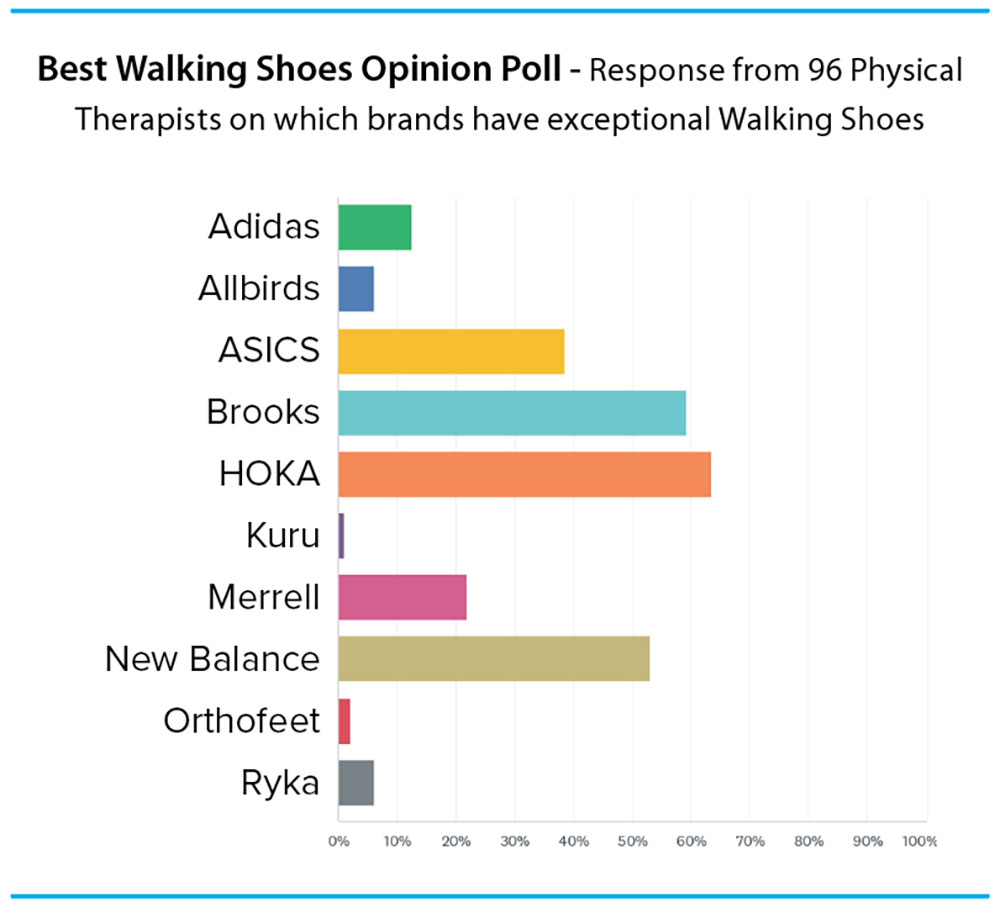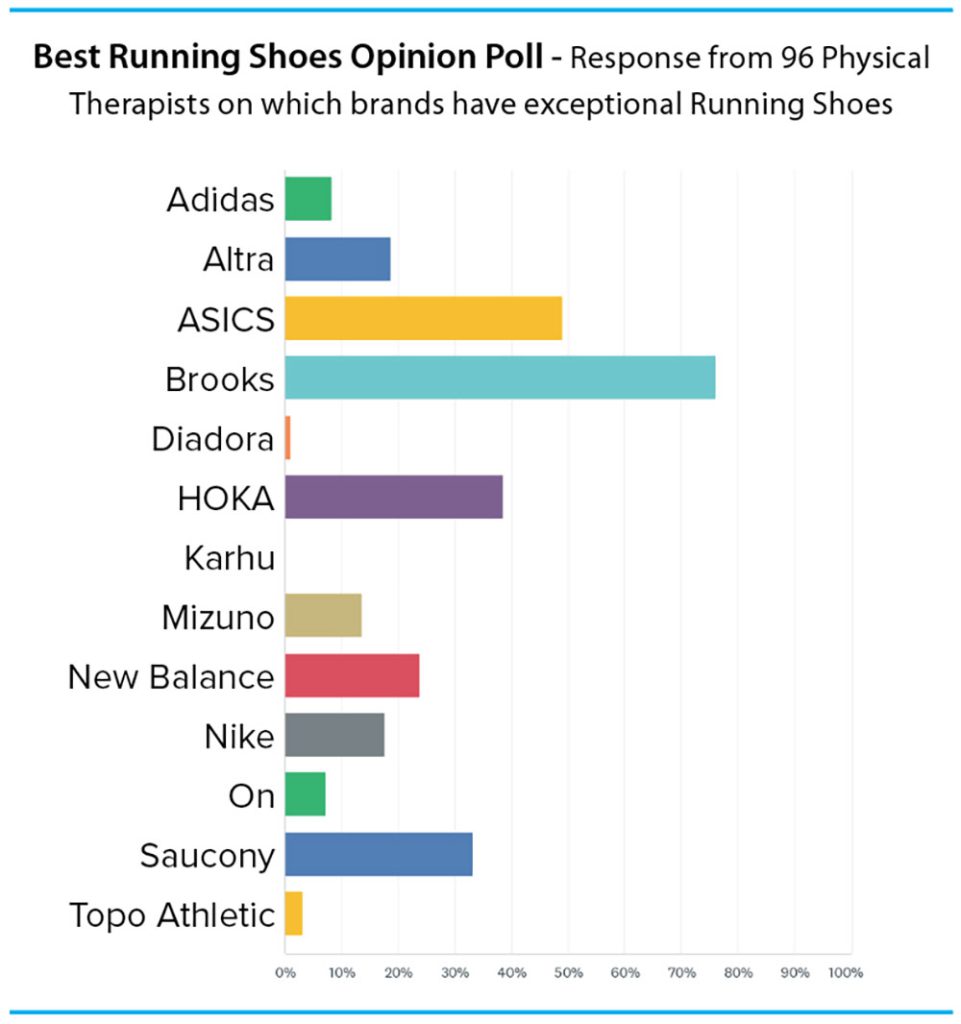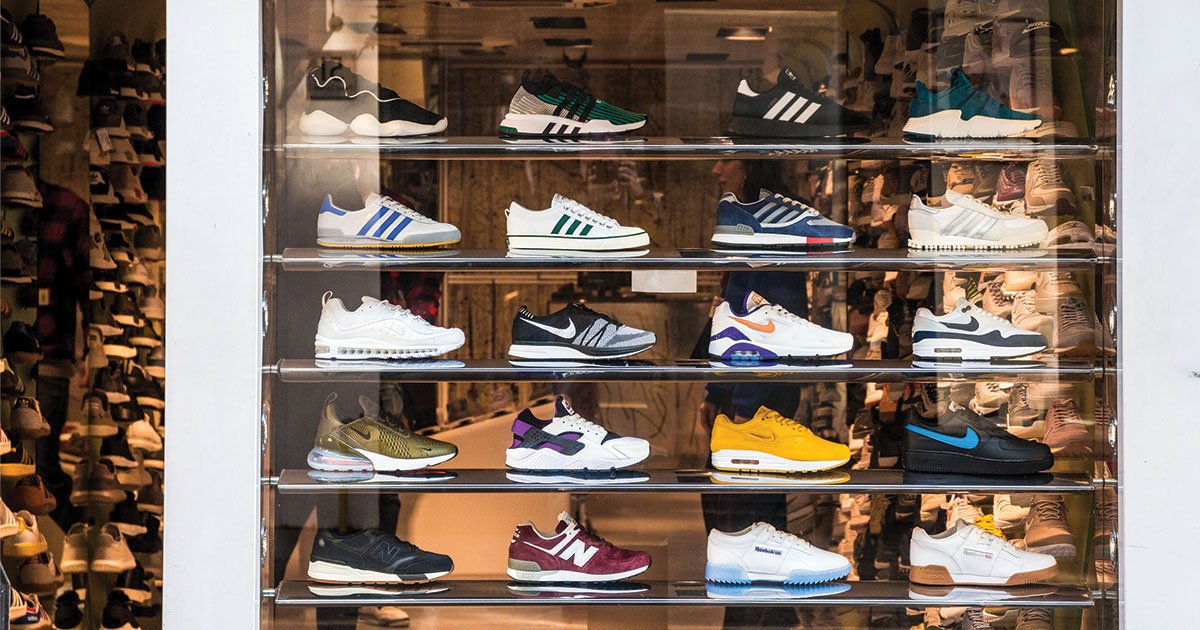Investing in a quality pair of shoes is paramount when it comes to your workout gear and, more importantly, your safety. Wearing ill-fitting shoes can lead to a host of injuries, including plantar fasciitis, shin splints, or even a catastrophic mishap! Remember, when it comes to shoes, one size does not fit all. So, how do you find the perfect athletic shoe? Let’s explore the essentials together!
Choosing the Right Walking Shoe
Walking is a life-extending activity – just ask any centenarian! When you exercise by walking, your heel makes initial contact with the ground before gradually rolling to the toe. Therefore, opt for a shoe that provides excellent shock absorption at the heel, especially under the ball of the foot. Additionally, look for a shoe with a rocker bottom or slight rounding at the sole, facilitating a smooth weight transition from heel to toe.
The ideal walking shoe should possess the following features:
- Flexibility along the arch area
- Rigidity at the toe area
- Lightweight materials
- Ample cushioning under the ball of the foot and arch
Wearing the right walking shoe will reduce the chances of developing heel pain and burning & tenderness at the ball of the foot, which in many cases leads to plantar fasciitis.

Choosing the Right Running Shoe
If you’re one of those people that likes to get their heart rate up and going out for invigorating runs, there are a few things to keep in mind when finding the right pair of shoes to run in. The best running shoes are lightweight, flexible, have heel control, and overall great shock absorption. What makes a running shoe different than a walking shoe is the thicker heel and the sole is arched, with intricate treads that help propel you forward.
If you need a pair of shoes to run a marathon, the general rule of thumb is that the shorter the race distance, the flatter and lighter shoe you can get away with. Adding any extra unnecessary cushioning and weight to your shoes may affect your running time. For a 5K marathon, a racer may choose a more snug-fitting minimal flat, although a 10K or half marathon will likely require a roomier, more cushioned shoe.
If you prefer running through the unpaved trail with beautiful scenery, but with uneven terrain, look for trail running shoes. This type of shoe offers even greater stability and support by having a more aggressive tread to help grip the ground and get better traction. Check out our Pre-Run Dynamic Stretching Routine to keep all the moving parts of your feet and legs running smoothly.

Choosing the Right Cross-Training Shoe
Sometimes, you need a versatile pair of shoes to accommodate a range of activities, whether it’s walking, jogging, basketball, or yoga. Cross-training shoes are the perfect choice for such situations. They combine the flexibility of running shoes in the forefoot and the shock absorption of walking shoes.
Look for the following features in cross-training shoes:
- Good traction
- Thick, durable, and stable sole
- Cushioning for extra stability
- Solid upper for ankle support
Once you’ve found your perfect training shoe, a general rule of thumb, is to replace them every 80 to 100 workout hours. A simple visual test can be your guide as well. If you notice excessive creasing or wear on the areas of the shoe that absorb the most load (the heel and ball of the foot), it’s time to toss them out. Damaged safety footwear can increase your risk of injury, so it is important to know when it’s time for a replacement.
More Shoe Tips to Consider
- Your feet swell throughout the day, so it’s best to try shoes on around midday when your feet are their largest
- Running shoes can also cause pain before they look worn. This is because they lose the capacity to absorb shock. The guideline to replace running shoes is every 350 to 500 miles. Running shoes older than one-year-old may also cause pain because of changes in the sole with exposure to humidity or heat.
- Avoid narrow shoes that pinch your feet and look for shoes with a wide toe box, leaving ample room for your toes.
- If your feet tend to perspire, select shoes that are made from moisture-wicking or leather material.
- There should be some arch support in the shoe or the insert inside the shoe. Many shoes can be made to fit better simply by removing the factory insert and having a physical therapist order a custom-fitting orthotic. Ask your physical therapist about this!
Selecting the right athletic shoes is a fundamental aspect of your fitness journey. By following these guidelines and considering your specific activity, you’ll not only improve your performance but also minimize the risk of injury. Remember, your feet deserve the utmost care and support on your path to wellness.
©2023HealthSpot References: (1) How to Pick the Right Running Shoe – www.runnersworld.com (2) 10 Points of Proper Shoe Fit – www.footcaremd.org

